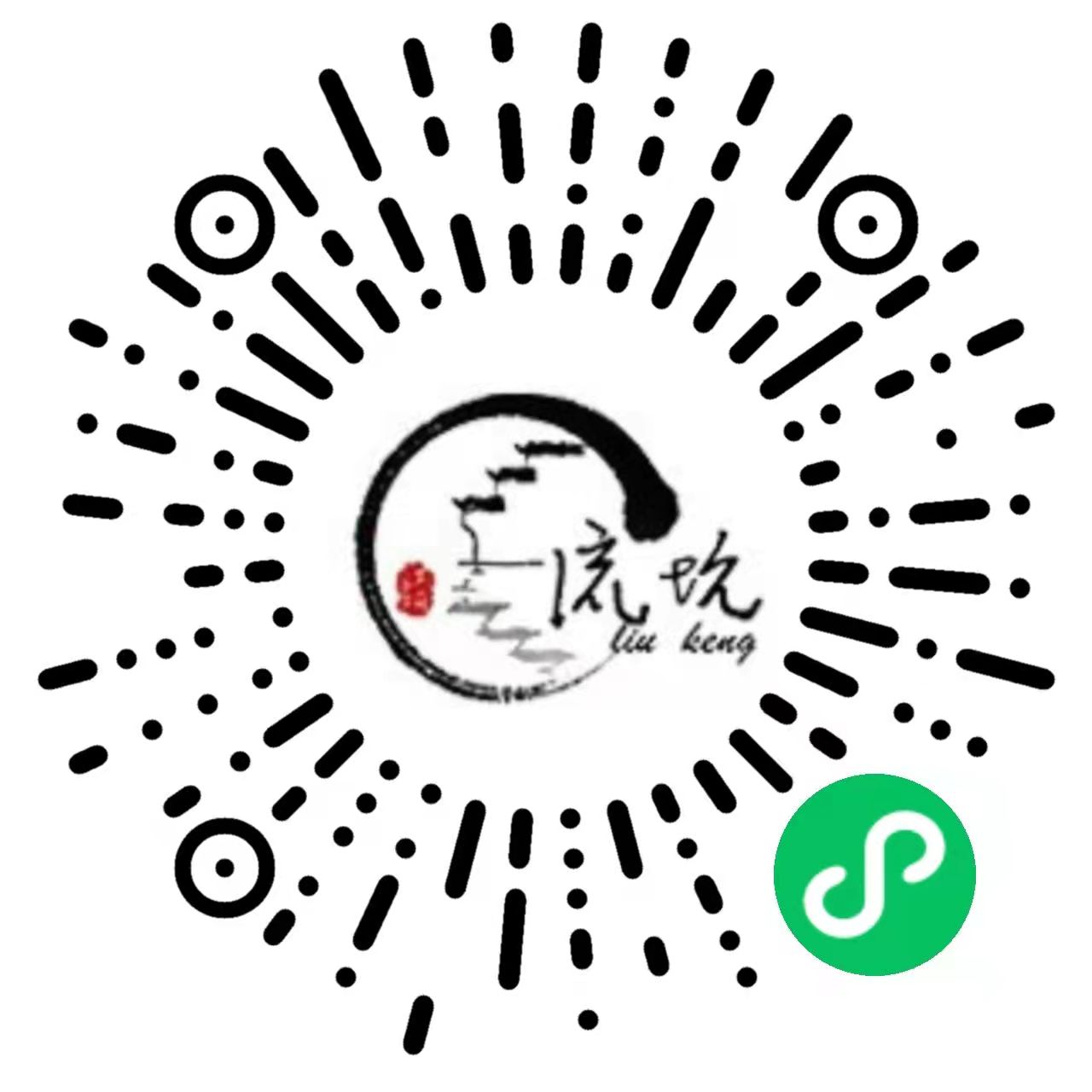The folk customs of Liukeng -- Lantern Festival
Release time:
2015-03-13 15:34
Like "Playing Joy" and "He Yangshen", the Liukeng Lantern Festival is also organized by each house. The specific form of organization is also implemented in each "temple". People remember that the Sanyi Temple in Qiaoxi (Yin Gong and Yin Hua) houses lights up on the eighth day of the new year, and the Taizi Temple in Wenhuang’s public house lights up on the 12th of the first month. The Yangshan Temple of Wen Zhao's public house "Qijia" has lights on on the eleventh day of the first lunar month. Only this temple has lights on for three consecutive nights. And the lights and the wandering spirits started on the same day, the wandering spirits during the day and the lights at night. There are many people in Yangshan Temple, and the wandering gods are also the most powerful. As soon as the Bodhisattva appeared in the temple, there were more than 20 statues in total, all in full gear. The flags were fluttering, the orchestra was playing, the gongs and drums were loud, and the gods and firecrackers were deafening. When the statue travels, it must travel through the eight alleys of the whole village, and it will take seven or eight hours before and after. At that time, the crowd was full of onlookers, and even people from the surrounding villages came to watch the fun. On the night of the Lantern Festival, when the lights reach a climax, the rotating room manages the activities of the night.
It was two braziers carried by four people who opened the way for the whole lantern. A pair of gongs and drums and two divine guns followed closely behind, and the drums continued, and the momentum was greatly increased. Then came an older, older man, wearing a polite head and a robe, holding a candle in one hand and a civilized stick in the other. This is the elder in the rotating room, clearing the way. After that, there is a large archway lamp made of paper. This is the first lamp to appear. It is a facade and is very valued by people. Behind the lights, there are horizontal plaques and couplets, all of which are compliments describing the scene of the night. The high level actually reflects the overall cultural level of the literati in the rotating room. The gentry in the rotating room often racked their brains for this, lest they make mistakes and laugh at it, so they often hire other experts or other sex experts to write on their behalf. As soon as the light appeared, onlookers commented on it. If it was slightly inappropriate or wrong, someone would immediately point it out publicly and ask it to be replaced. The rotating room naturally refused to accept it, sneered at it, and wanted the accuser to write a song on the spot to show its prestige. And since bystanders dare to come forward and pick mistakes, in fact, they have a plan in their hearts, and they can do it with a single swipe, so why is it difficult? Some even have to write a copy and paste it on the torii light. As a result, the two sides quarreled, often resulting in quarrels and even fights. The culture between the houses and branches The people's struggle to win is evident from this.
What the rotating room was worried about was the weather that night. Because in the process of lighting, if the weather changes suddenly, wind or rain, sunny or cloudy, the plaque and couplet text on the archway lights will change randomly to suit the time. If you want a good sentence, it is more difficult. Therefore, literate people must prepare well, and they must not make people feel that their culture is backward and inferior to others, so the villagers call this "acting ability".
Behind the archway lights, there are mikoshi, umbrellas, gongs and drums, lanterns and so on. If Fangzhi is on duty under the Yangshan temple system, the mikoshi usually has three rides. The first ride was Guan Gong's shrine, next to a person supporting a red-maned horse tied with paper. Next is the Prince's Mikoshi, a white horse tied with paper held by someone, and someone else lights a pair of red candles weighing more than 20 pounds. The third ride is the sedan chair with helmet and robe, which should be the sedan chair of the God of Yangshan. Behind the sedan chair is an umbrella and a pair of "little blowers". The bodhisattva travels with the lamp, which means "holding the lamp".
After the mikoshi, there are various lanterns. Candles are lit in the lamps, the big ones are worn on bamboo poles, and the two of them carry one. Small, many are carried by children, each person has a few hundred, and it is said that there are thousands of them. The names of the lamps include "Eight Sha Palace Lanterns", "Dragon Head Lamps", "Lion Lamps", "Phoenix Lamps", "Hanging Wire Lamps", "Little Pink Lamps" and so on. Then there are various lanterns imitating horses, monkeys, rabbits, fish and other animals, as well as drum-shaped, hexagonal and octagonal lanterns. The lights are bright, the competition is bright, the drums are loud, and it is very lively. Most of the annual cost of lighting is spent on these various types of lights. In the duty room, usually in the twelfth lunar month of the first year, it is necessary to hire a full-time paper tying craftsman to tie a lot of lamps. Most of the lamps can be taken home by the lantern bearer after playing. The top grades with particularly fine workmanship must be returned to the temple as a souvenir.
There are usually eight or nine dragon lantern teams. The dragon is a paper dragon, and the whole body is illuminated red by candlelight, which is very spectacular. After the dragon's lantern tour is over, he will be sent to a secluded place near the village to be incinerated. As soon as the dragon lantern burns out, even if the duty room of that year has completed the task, it will be handed over to the duty room of the next year, which is called "Jiaojia". If the items to be handed over belong to the Yangshan Temple House Department, they generally have the silver helmet of the Yangshan God. The copper incense burner in the ancestral hall, etc., and the ocean of sixty yuan. This is the capital handed down from the early years. Every year, the duty room takes over and borrows others from it. The interest generated is used as the "lighting" cost of the year. But in fact, just relying on this interest money is far from enough, and the rotating housing must take a considerable part of the public property (such as mountains, fields, houses, etc.) income to pay for it. After the 1950s, there was no economic support for the lights, and the business has been out of business for many years.
On the night of Lantern Festival, there are various lanterns between the eight alleys. And in each household, there are also lights and candles, and under the eaves in front of the door, the lights are bright and bright. In the old days, there was a saying that each family enjoyed lanterns with cats and mice, and there was a saying that spread:
Lanterns, drum lanterns, cats and mice watching lanterns.
Gold and silver treasures roll in, bugs and fleas get out.
Then burn incense, blare, worship God, and fall asleep. As a result, the entertainment activities during the entire Spring Festival ended, and the busy Liukeng people had to prepare to run around again. Therefore, the popular saying at the time said:
Burning the door god paper, everyone is looking for business,
It was night, and the young girls also left their innocent and pure corners for auspiciousness. In groups of three or five, they headed to the outdoor vegetable field to "Shaan Qing". Everyone picked a handful of vegetable leaves, beat them up and down, and sang in unison:
Playing blue, playing blue, so that little girl has no gray stars on her body.
Playing the green peeping horn, there was no trace of ashes on the little girl's body.
Then, pick some vegetables with green leaves from the vegetable field, such as spinach, shallots, shepherd's purse, etc., and cook them at home. Then sit around a table and drink some home-brewed rice wine for a rare small gathering.
Related news
10-17
2018
The General Office of the State Council has opened the "National Government Service Complaints and Suggestions" applet to widely receive clues and suggestions on government service issues
In order to implement the spirit of Premier Li Keqiang's important instructions on accepting complaints about various issues and strengthening supervision over government services, the General Office of the State Council has opened the "National Government Service Complaints and Suggestions" mini-program from September 20 to widely receive complaints from all walks of life about government services. questions and suggestions.
10-07
2018
Announcement on Adjusting the Ticket Price of Liukeng Scenic Spot
In order to implement the "Guiding Opinions of the National Development and Reform Commission on Improving the Ticket Price Formation Mechanism for State-owned Scenic Spots and Lowering the Ticket Prices of Key State-owned Scenic Spots", the document No. 951 [2018] of the Development and Reform Commission, from September 30, 2018, Liukeng Scenic Spot Tickets The price has been reduced, from the original ticket price of 60 yuan/person to 50 yuan/person.
08-20
2018
Liukeng Ancient Village was selected as the first batch of "Jiangxi Province Primary and Secondary School Students Research and Practice Education Base"
On August 14th, the Jiangxi Provincial Department of Education officially announced the "Evaluation Results of the First Batch of Research and Practice Education Bases for Primary and Secondary School Students in Jiangxi Province" to name 64 units as the first batch of "Jiangxi Province Primary and Secondary School Students Research and Practice Education Bases", and Liukeng Ancient Village in Le'an was selected. .
06-19
2018
Liukeng Administration further strengthens village renovation efforts
1. Environmental sanitation: The Liukeng scenic spot is divided into four working areas, and the environmental sanitation in each area is investigated in detail; the sanitary dead corners in the village are thoroughly cleaned; the open spaces on both sides of the entrance to the village are leveled, and masonry walls are adopted. Or paving cultural stone to build it; repairing the fine line pavement, so that the comprehensive environment of the entire scenic spot has undergone better changes.






